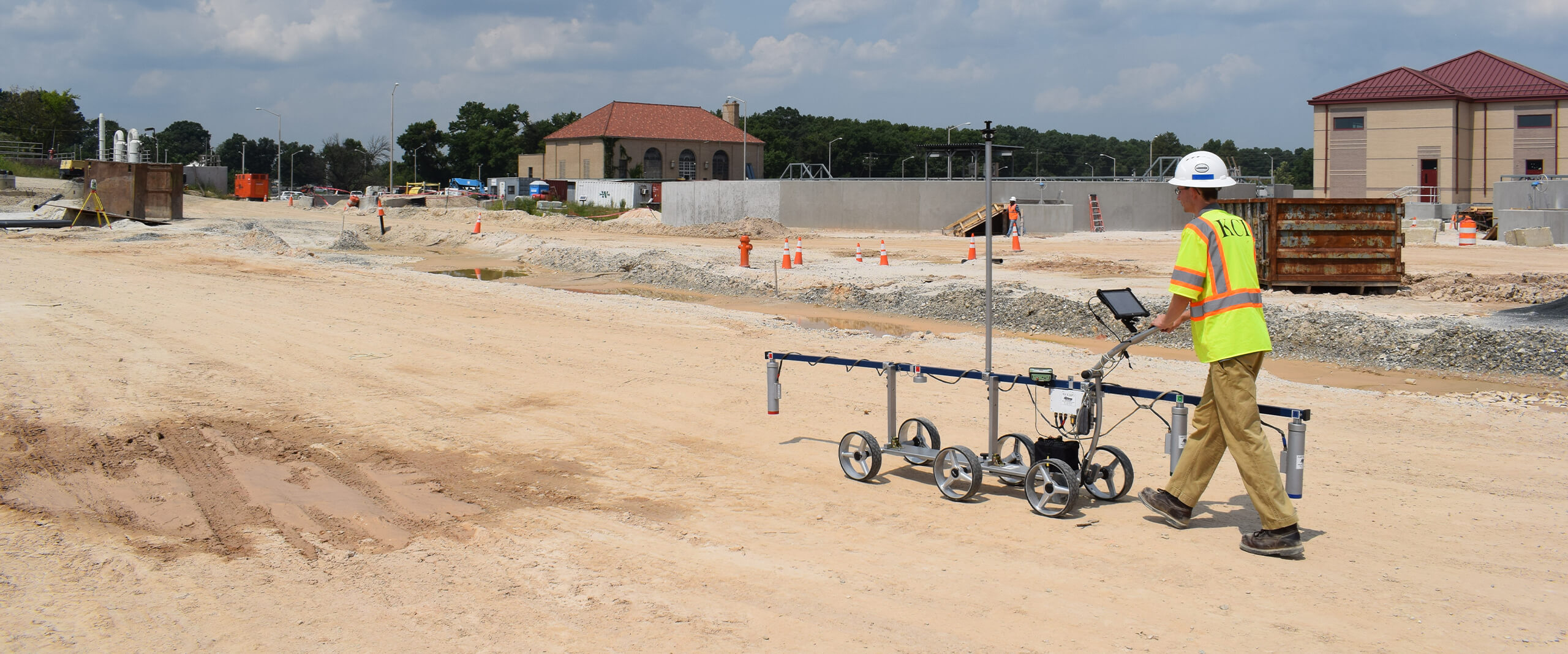The Role of an Engineer of Record in Ensuring Structural Stability and Compliance
The Role of an Engineer of Record in Ensuring Structural Stability and Compliance
Blog Article
The Interdisciplinary Approaches in the Geotechnical Sector: Bridging the Void Between Engineering, Geology, and Environmental Scientific Research for Ideal Project Outcomes
The assimilation of engineering, geology, and ecological science within the geotechnical market is not simply beneficial; it is crucial for accomplishing ideal job end results. What strategies might arise to facilitate this vital cooperation and improve the efficacy of geotechnical methods?
Relevance of Interdisciplinary Partnership
The importance of interdisciplinary cooperation in the geotechnical market can not be overstated. Effective geotechnical jobs call for the combination of diverse expertise from numerous fields, including engineering, geology, and environmental science. This collaboration guarantees that all facets of a job are thought about, resulting in extensive options that address intricate difficulties.
Interdisciplinary collaboration fosters innovation by making it possible for experts to share understandings and methodologies that might not be noticeable when operating in isolation (geo tech engineer). By leveraging the staminas of several self-controls, groups can identify possible threats, optimize style procedures, and boost the sustainability of geotechnical tasks. Such partnership advertises a holistic understanding of site-specific problems, which is critical for accurate evaluation and decision-making.
The intricacy of geotechnical tasks demands a worked with technique to analytic. Inevitably, interdisciplinary cooperation is important for progressing finest methods and attaining excellence in the geotechnical industry.
Secret Roles of Each Discipline
Collaboration among numerous disciplines is not simply helpful; it is essential for the effective execution of geotechnical tasks. Each technique-- design, geology, and environmental science-- plays a distinct yet interconnected duty that adds to predict efficiency and sustainability.
Geotechnical engineers are mainly in charge of designing structures and making certain structural integrity. They assess soil and rock buildings to evaluate load-bearing capabilities, supplying important data for risk-free building techniques. Their experience enables the formula of innovative remedies to complicated obstacles.

Environmental scientists assess the prospective impacts of building and construction on environments and water sources. They conduct ecological analyses and develop reduction strategies to decrease adverse effects. By incorporating eco-friendly factors to consider, they guarantee conformity with regulations and promote sustainability throughout the task lifecycle.
Study of Effective Integration
Effective assimilation of geotechnical disciplines can be exhibited with numerous study that highlight the efficiency of synergy in attending to complex engineering obstacles. One significant instance is the building of the Hong Kong-- Zhuhai-- Macau Bridge, where a joint method including geotechnical engineering, geology, and environmental scientific research was essential. Engineers and geologists functioned in unison to analyze the seabed conditions and enhance the structure style, ensuring security and lessening environmental effect.
One more impactful instance is the improvement of slope stability in the San Francisco Bay Area, where an interdisciplinary team integrated geotechnical evaluation with ecological evaluations. By incorporating geological surveys and hydrological studies, the team efficiently identified possible landslide threats useful content and implemented effective reduction measures, enhancing security and sustainability.
In addition, the redevelopment of Brownfield sites commonly calls for a multidisciplinary strategy. In one situation in Chicago, partnership amongst geotechnical engineers, environmental researchers, and metropolitan coordinators resulted in the effective remediation of infected soil, enabling for the safe makeover of the website into a neighborhood park. These study illustrate that interdisciplinary partnership not only addresses technical obstacles yet likewise fosters ingenious remedies that benefit both areas and jobs.
Difficulties in Multidisciplinary Projects

Moreover, working with schedules and workflows amongst numerous teams can be troublesome, particularly when each technique has distinct task milestones and deliverables. This misalignment can cause hold-ups and enhanced costs. The obstacle of resource allotment likewise looms big; making sure that customized experience is offered at vital times needs cautious planning and insight.
Finally, regulative conformity positions one more significant obstacle. Each discipline might face different governing frameworks, and straightening these demands to meet task goals can be lengthy and intricate. Resolving these obstacles demands solid leadership and efficient interaction strategies to foster partnership and make sure that multidisciplinary groups work cohesively in the direction of shared objectives.
Future Trends in Geotechnical Practices
As the geotechnical sector progresses, arising trends are improving methods to address the difficulties faced in multidisciplinary projects - geotechnical engineers. One significant trend is the raised combination of advanced technologies, such as expert system and machine understanding, right into geotechnical analysis and style. These modern technologies boost anticipating modeling and danger assessment, making it possible for designers to make even see this here more educated decisions throughout the task lifecycle

Furthermore, the adoption of electronic twins and real-time tracking systems is becoming much more prevalent. These tools promote recurring evaluation of dirt conditions and architectural efficiency, enabling timely interventions when problems emerge.
Verdict
In conclusion, the integration of engineering, geology, and environmental science is crucial for accomplishing optimum end results in the geotechnical industry. Interdisciplinary collaboration fosters advancement, improves analytic capabilities, and lines up technological requirements with ecological sustainability. Effective study highlight the Continued advantages of this strategy, while recognizing the obstacles dealt with in multidisciplinary projects. Looking in advance, accepting these collective techniques will be essential for navigating future patterns and advancing the area of geotechnical engineering.
The integration of engineering, geology, and ecological scientific research within the geotechnical industry is not merely advantageous; it is important for accomplishing optimal job outcomes. Effective geotechnical jobs require the assimilation of varied knowledge from different fields, consisting of design, geology, and ecological scientific research.Navigating the intricacies of multidisciplinary tasks in the geotechnical industry offers numerous substantial challenges.As the geotechnical sector develops, arising patterns are improving techniques to address the challenges faced in multidisciplinary tasks. Geotechnical designers are significantly collaborating with ecological scientists to make certain that jobs straighten with sustainability objectives and conform with regulative needs.
Report this page